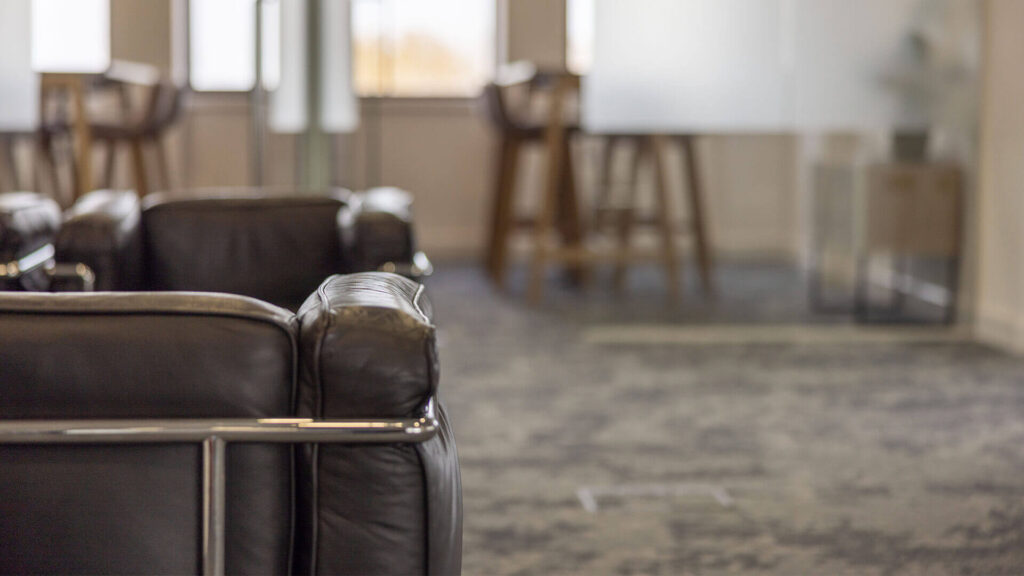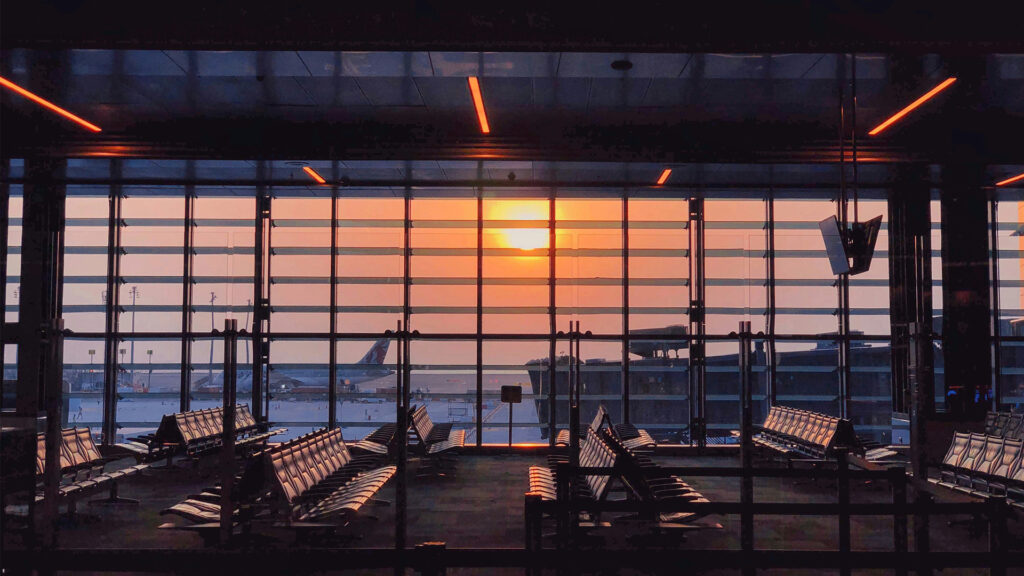Slips, trips, and falls are the most common cause of workplace injuries and make up over a third of all major occupational injuries reported, affecting workers and non-workers alike. By definition:
- Slips are a loss of balance caused by not enough friction between a person’s feet and the surface they are walking on.
- Trips are a foot or lower leg hitting an object which results in loss of balance and the upper body continuing to move or stepping down to a lower surface and losing balance.
- Falls are a slip or trip that results in a person hitting either an object or the floor at the same level.
Under the Health and Safety at Work etc. Act 1974 (HASAWA), employers are required to ensure the health and safety of all employees and anyone else who may be affected by their work, so far as
is reasonably practicable. Fostering a positive health and safety culture is paramount, working to prevent or control slips, trips and falls is one of the most basic ways to do so. Working proactively to protect all employees and visitors can significantly reduce the likelihood of accidents and incidents of this nature.
What can employers do to prevent these injuries?
The Management of Health and Safety at Work Regulations, 1999 requires employers to carry out a risk assessment and put in place necessary controls to eliminate or reduce hazards, this includes the causes of slips, trips, and falls.
Through regular maintenance and inspections, slips can be avoided by monitoring wet surfaces such as water, grease, mud, or food and dry or products surfaces like dust, plastic wrapping, and granules, suitable footwear should be worn when these environments cannot be avoided. The risk of trips can be reduced by covering hoses, cables, wires, and extension cords, limiting noise
and temperature, having adequate lighting, even surfaces, adding handrails or other aids where this is not possible, and decluttering workspaces to reduce obstacles.
Preventing hazards mentioned above through good housekeeping and general control measures will reduce the risk of injuries like sprains, strains, bruises, cuts, fractures, and abrasions, helping
employers comply with legal duties concerning occupational health and safety. Employers should consider how well their business is managed, to avoid incident and injury caused by rushing or poor planning.
Regular risk assessments also help employers to identify hazards for repair like loose floor tiles, wrinkled carpet, malfunctioning equipment, whilst visual reminders like signs can draw someone’s
attention to hazards, decreasing their risk. Training and education can also raise awareness of hazards associated with working, promoting safe working procedures minimises the risk of hazards being left unseen.
Overall, a positive health and safety culture within the workplace encourages reporting and feedback, when employees feel comfortable to share safety concerns, they are highlighted to employers who can make a difference.
If your company requires guidance or assistance on health & safety within the workplace, please get in touch with our team of expert consultants.




